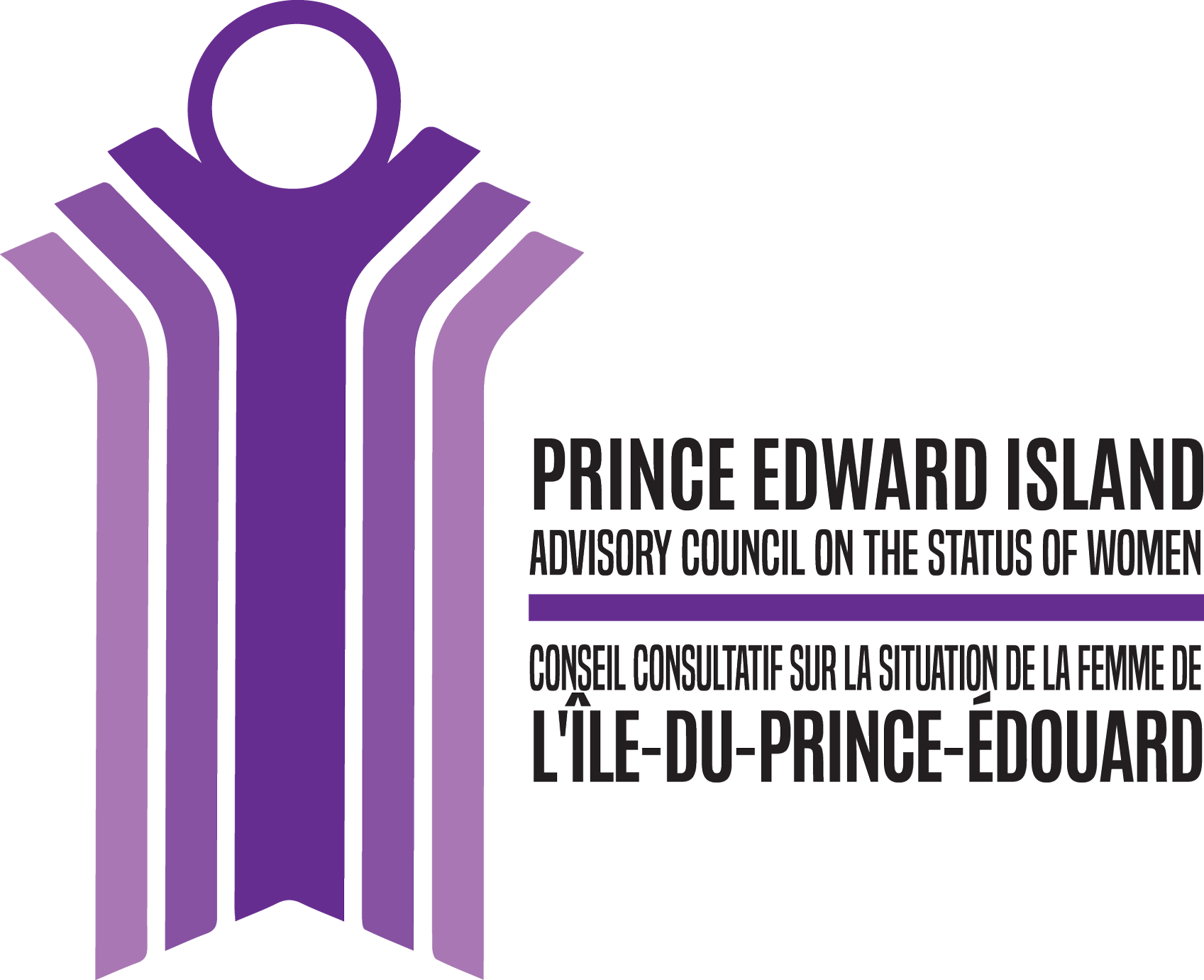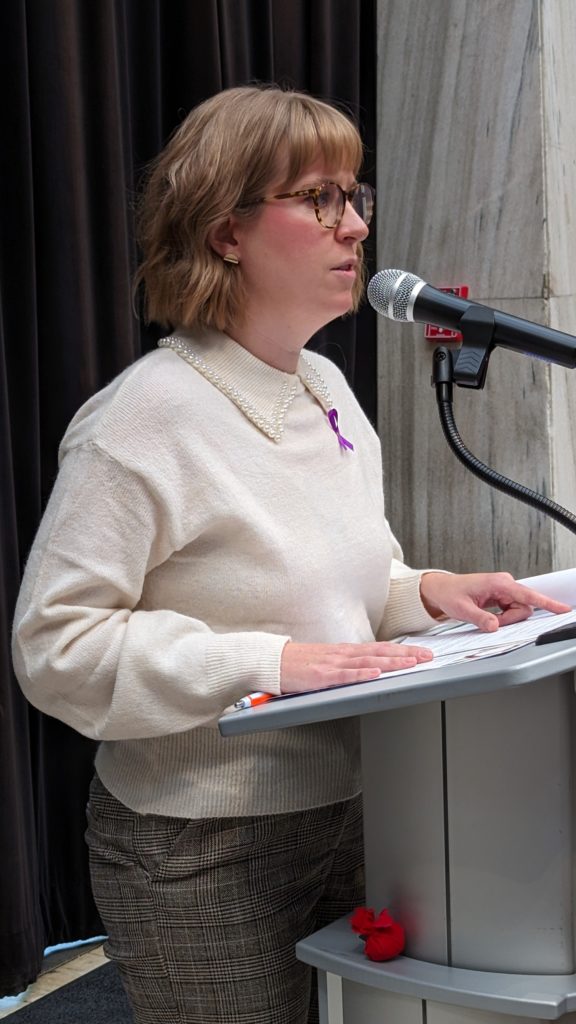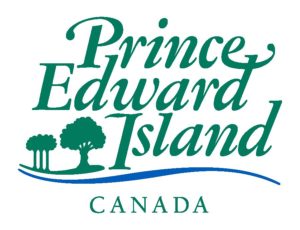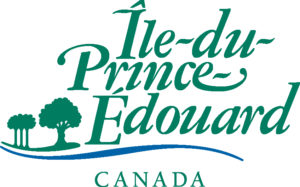Hello, K’we, Bonjour everyone
I am so grateful to the Advisory Council for the Status of Women for inviting me here to speak, and want to thank every one of you for attending today and for bringing your open minds and hearts.
In the aftermath of Hurricane Fiona, I found comfort in a book called “The Hidden Life of Trees” by Peter Wohlleben. In this book he explores a multitude of ways in which trees care for their neighbours. They share photosynthesis with those who can’t reach the sun, warn each other about predators, and will even pour nutrients into the stump of a neighbouring tree to keep it alive.
It is through a protective ecosystem created by care and connection, that trees thrive.
I believe the same can be said for the members of our communities, and especially those impacted by sexualized violence.
A common misconception about sexualized violence is, that if you are not actively perpetrating harm, you do not play a role in the prevention, the harm itself, or the healing.
However, harm will always happen in the context of relationships and community. Just like trees, we too are inherently connected.
Survivors, perpetrators, families, friends.
With that interconnection comes a responsibility, and an opportunity to turn towards and not away from harm when it happens.
Buying into the misconception that we do not play a role in restoring the well-being of others in our communities, our root systems, can have devastating results. When survivors who disclose their experiences are not met with dignity and support. Healing and regaining a sense of security can be incredibly difficult. The shame and doubt from these experiences often leads to further disconnection.
Meanwhile, neglecting our role with perpetrators means that although they may be whispered about in safety networks, they are rarely held to account, and more rarely still convicted of their crimes. As a result, the expectations around the places in the community that they do. can. and should occupy. becomes confusing. We are left to make independent decisions about what justice looks like outside of formal processes and without the input of survivors.
Traumatized people, and the people who traumatize others, will always land back in the community.
This is where an opportunity lies, to increase our capacity for community care.
Efforts to address harm through the use of community care and connection have been. And continue to be led by historically marginalised communities. Indigenous. Black. People of Color. Trans folks.
Community-care approaches recognize:
- To be human means we will. Inevitably. At some point. cause harm. Both intentionally and unintentionally.
- Avoiding this reality only guarantees that we get stuck in an endless loop of fighting with our shame instead of figuring out ways to acknowledge harm, apologize, and repair damage.
- This foundational understanding sets the stage for creating spaces where people can bring their whole selves to the table. and ensures that both the people who experience harm, and people who cause harm, can bring it forward and not question their value in the community
Nora Samaran, author and activist who wrote the viral essay called “the opposite of rape culture is nurturance culture” said: “We can’t centre our care around bringing people back to acceptable, but bringing acceptable to people.”
- Alongside this understanding of harm, is an understanding of healing.
- Community-care approaches recognize that it is essential to centre the needs of survivors in order to restore safety for an entire community. This means that they are in the lead of their healing and are able to determine what accountability looks like to them.
- When survivor’s lead the way, the community does not sit back, but rather, surrounds the survivor with the nutrients of support, protection, and expertise needed to mend and grow.
- Healing cannot happen independent of the community. For survivors, sharing the truth of how they have been harmed is also a question that asks “Do I still belong?” and the answer must always be a resounding “yes.”
I want to end today by talking about trees again.
Peter Wohlleben said that the loss of small or injured trees in a forest results in a vulnerability for the surrounding trees. Without the protection that deeply rooted connection brings, the trees face the full harshness of the elements. If every tree only cared for itself, the whole forest would not survive.
We, too, need protective ecosystems that are fed by the nurturance of connection and community, allowing those amongst us who have been impacted by sexualized violence the respite needed to restore health, well-being and safety.
Thank you, Wela’lin, Merci
by Eileen Conboy
Guest Speaker
December 6, 2022 Montreal Massacre Memorial Service



